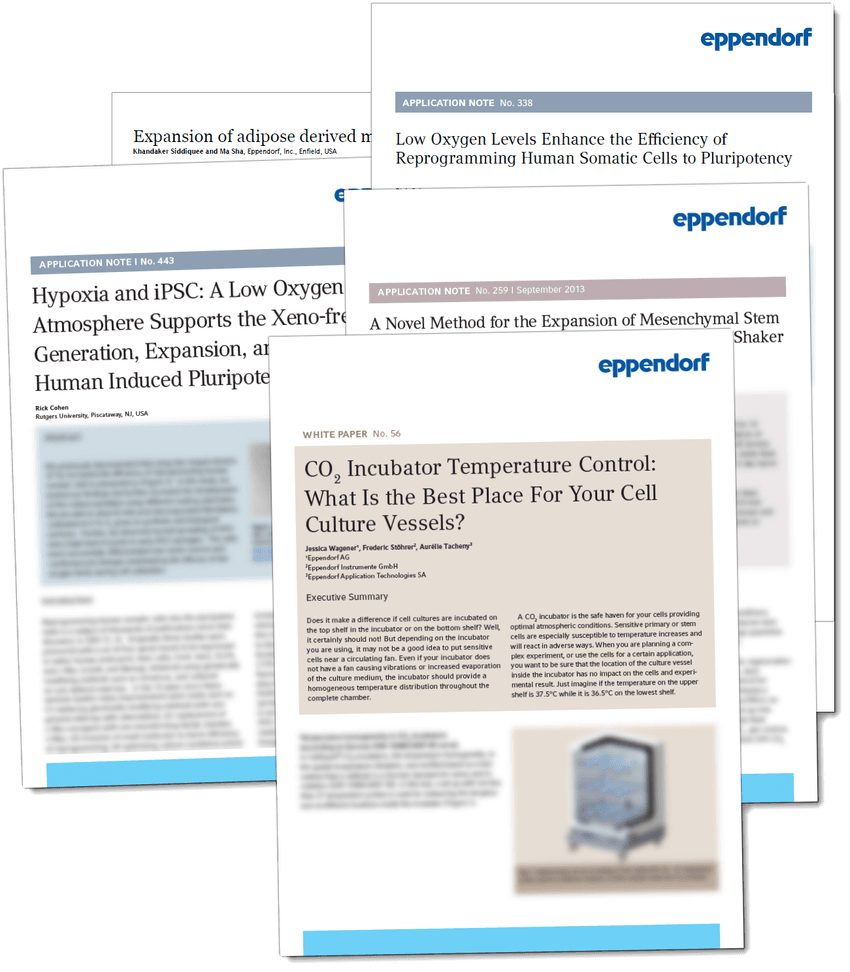Achieving reproducibility in stem cell and iPSC workflows is no small feat. Common challenges include maintaining environmental uniformity, regulating oxygen and CO₂ levels, and minimizing shear stress while scaling up cultures and preserving differentiation potential. This resource collection provides practical, science-driven insights to help lab managers optimize their incubator and agitation systems in support of high-quality stem cell research and production.

Across seven expert-backed resources, the compendium explores common points of failure in stem cell culture systems and presents evidence-based guidance for improvement. Learn how hypoxic conditions influence reprogramming efficiency and pluripotency, why temperature gradients and airflow patterns matter for consistent outcomes, and how to reduce culture stress during agitation. Highlights include application notes on iPSC-specific workflows, microcarrier expansion of AdMSCs, and shaker-incubator systems designed for CO₂ regulation and gentle cell motion.
This compendium has been specially curated to help anyone overseeing stem cell and regenerative medicine workflows make informed decisions around equipment selection, workflow design, and environmental control—all of which are essential for maintaining stem cell health and ensuring reproducibility at scale.
Access the full collection to explore:
- How hypoxia impacts iPSC generation, expansion, and differentiation
- Strategies to prevent culture variability due to poor temperature uniformity
- Considerations for gentle agitation in CO₂-regulated environments
- Data from AdMSC expansion studies using shaker-incubators and microcarriers
- Best practices for vessel placement, segmented doors, and incubator airflow
- Equipment selection factors for sustainable, high-performance stem cell labs



